In 1871, the legendary astronomer Miklós Konkoly Thege set up an observatory on his own land in Ógyalla, Upper Hungary, which became the internationally renowned scientific institute by the end of the century, known as the Royal Hungarian Astrophysical Observatory founded by Konkoly. Miklós Konkoly Thege donated the privately founded observatory, which was the only major observatory in the country, to the Hungarian state in 1898.
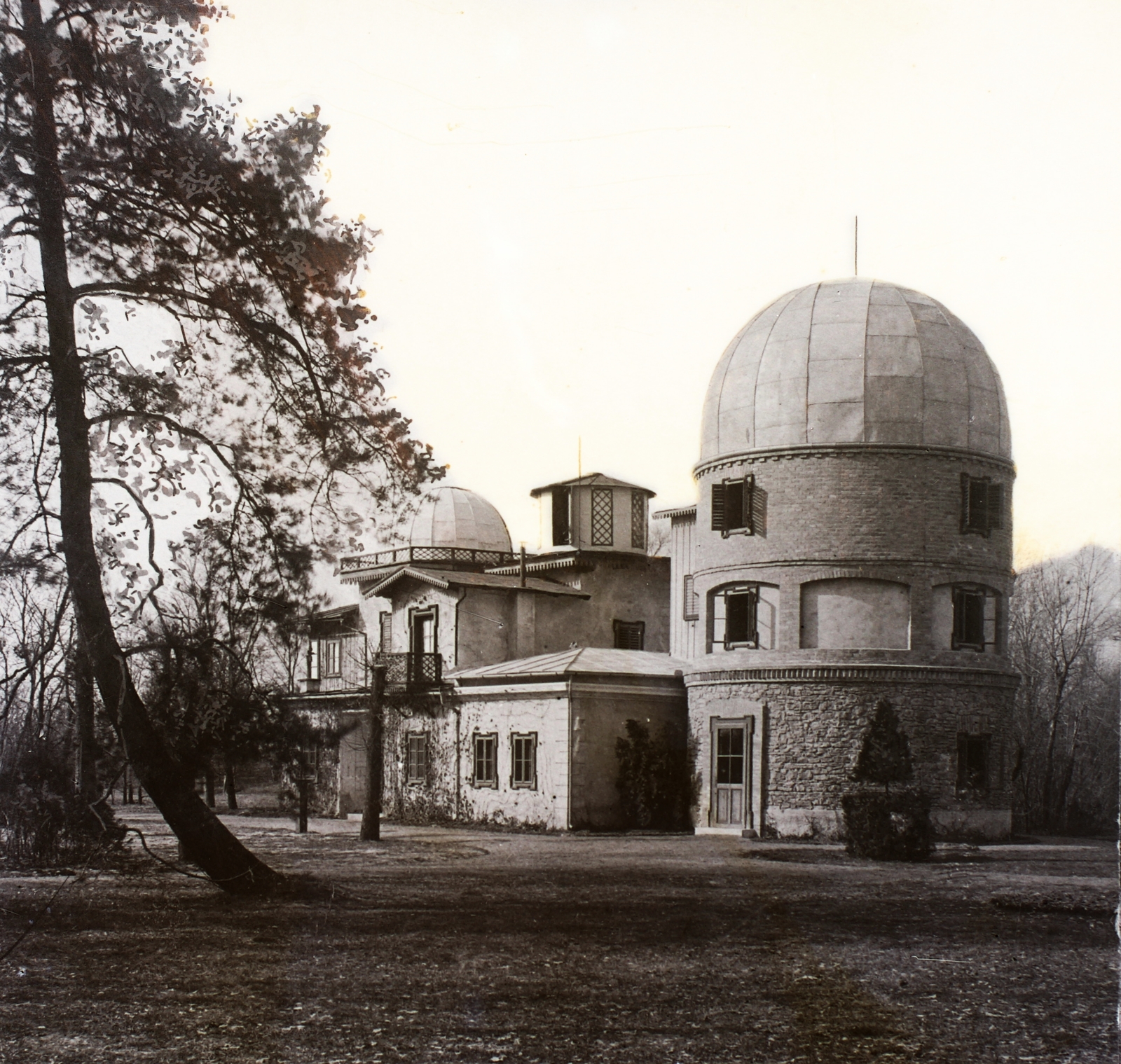
The original observatory in Ógyalla in 1903 (Photo: Fortepan / Hungarian Geographical Museum / Mór Erdélyi's company)
After World War I, when it was already clear how much territorial loss Hungary was suffering, and it was also certain that Ógyalla would be lost together with Upper Hungary, at the end of December 1918, the beginning of January 1919 the instruments of the observatory were rescued technically in days. Although the new Czechoslovak regime later protested because they believed they could claim instruments under the peace treaty, there was a loophole in the contract, and scientific equipment purchased from private individuals did not have to be left to the occupiers.
It was clear that a new observatory had to be built using the rescued instruments. The chosen site was Budapest, the capital donated 8 hectares of land for this purpose on Svábhegy, then only for five years, but later it was modified for an unlimited period of time, provided that the area could only serve the purposes of the observatory. This was written by the Vasárnapi Ujság on 28 August 1921, about the new observatory:
“After a year-long struggle, the Ministry of Culture has finally managed to at least lay the groundwork for the newly established observatory. They selected the flat part of Svábhegy behind the Normafa and decided that a new institute would be built here little by little. Of course, there can be no question of starting the final constructions as planned immediately, as today hundreds of millions would not be enough to build a modern observatory, but it was decided to place the most necessary instruments on a temporary basis, only to allow the operation of the institute, to the extent that they can continue to carry out the work undertaken in accordance with the international agreement. "
So the work began in 1921. In addition to the instruments rescued from Ógyalla, other equipment arrived, as dr. János Krúdy offered the entire instrument park of his private observatory to the new institute in Budapest.
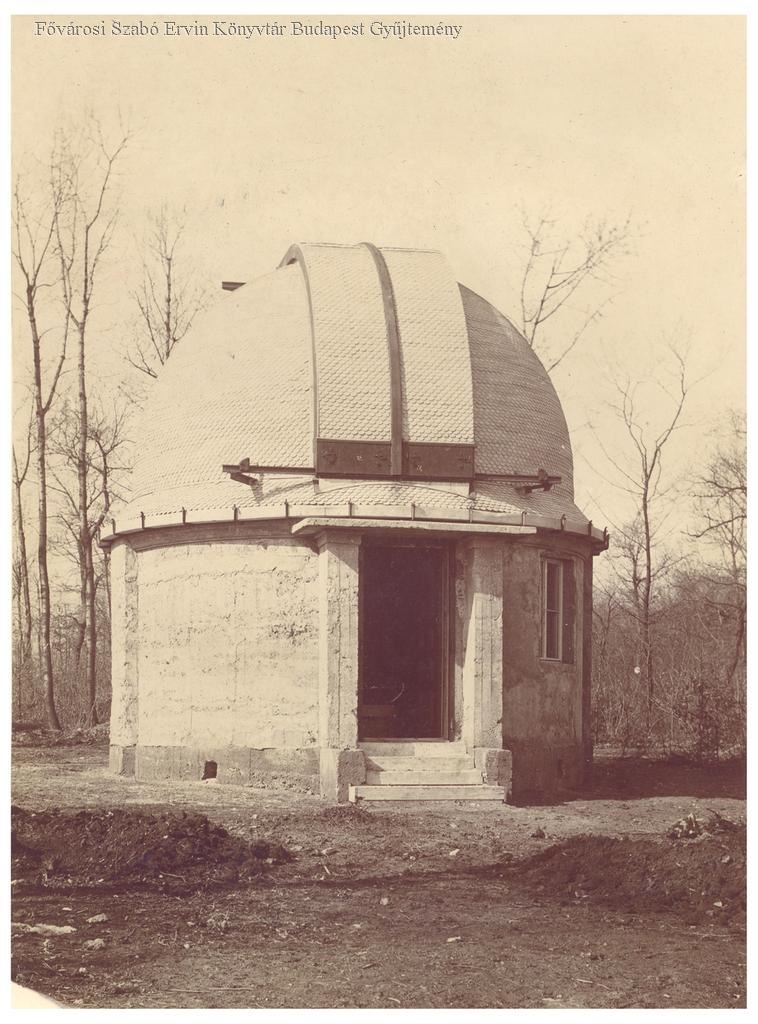
The first dome built on 1922 on Svábhegy (Photo: FSZEK Budapest Collection)
Construction began a hundred years ago, in August 1921. The first task was to set up the two instruments with which they took part in international collaborations. On the beginning of construction, the Világ wrote the following on 26 August 1921:
“And setting up the instruments is a very important interest of the Observatory and it has therefore become inevitable that a new room will be built for them. This construction could finally begin today. Two parts of the building are being built. A dome and a meridian house will be built for a large telescope to determine time and location. The state gave two million crowns for the construction. According to the plan so far, the two parts of the building will be completed by the beginning of November, so that we can put the two instruments into operation this autumn. ”
The task of the Meridian House was to measure the exact time for the whole country, and the other building housed an 8-inch lens telescope from Ógyalla. At that time, in 1921, after the losing war and revolutions, the state had only limited resources, but state support was supplemented by private donations, there was a bank manager who alone donated 10,000 crowns.
In the quoted article of Világ, the head of the institute, Antal Tass, said:
“It has long been an international scientific venture to determine the photographic brightness of stars. The Observatory of Ógyalla was assigned to observe a specific part of the sky, a circle. This observation began at the Observatory in Ógyalla, which was interrupted by the decommissioning of the institute and its transfer to Svábhegy. We will continue this work on Svábhegy with the help of the instruments we have just set up, and it will be completed next autumn. ”
The conditions on Svábhegy are well illustrated by the fact that not even a built road lead at that time to the observatory, so in bad weather the employees of the institute had to go to work in the mud.
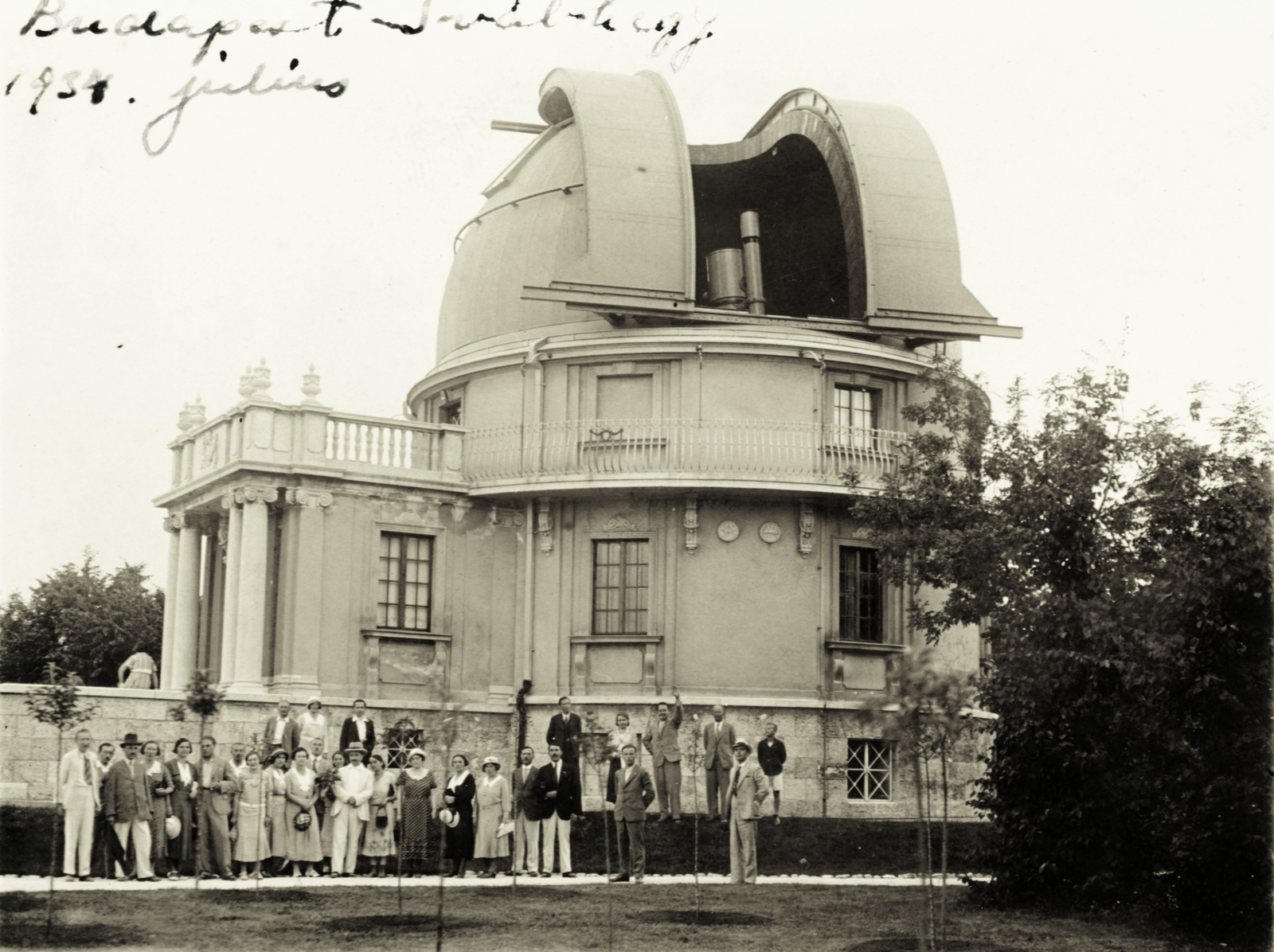
The large dome of the institute in 1934 (Photo: Fortepan / No.: 85049)
The development did not stop, it was intensively supported by the Minister of Culture Kunó Klebelsberg, who took office in 1922, the Stella Astronomical Association was established in 1923 under the chairmanship of the Minister, and new ones were built next to the buildings completed in 1922. Not only the old instruments were placed in the observatory, but in 1927 a new, modern telescope specially designed for the Svábhegy Observatory arrived, a large reflector made by the company G. Heyde from Dresden. The free diameter of the reflector main mirror was 60 centimetres. By 1938, a total of 35 new asteroids had been discovered in the observatory.

Antal Tass, who ran the institution from 1916 to 1934, at the new, modern telescope of the observatory in 1927 (Photo: FSZEK, Budapest Collection)
The observatory has been operating there on Svábhegy since then, although due to the light pollution of the capital, the substantial observation works are carried out on the Piszkés-tető in Mátra, but the Svábhegy institute also operates and can be visited by everyone. Today, the institute belongs to the Eötvös Loránd Research Network (ELKH), and the ELKH Astronomy and Earth Sciences Research Center continues its work under the name of the Konkoly Thege Miklós Astronomy Institute.
Cover photo: The Svábhegy Observatory in 1940 (Photo: Fortepan / No.: 24152)

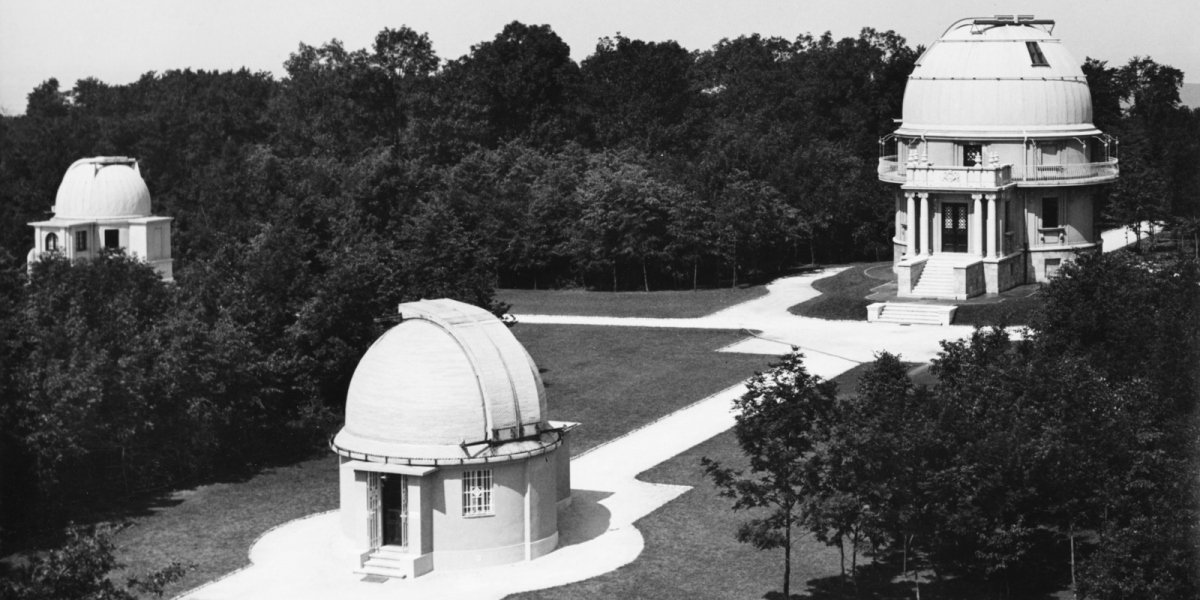
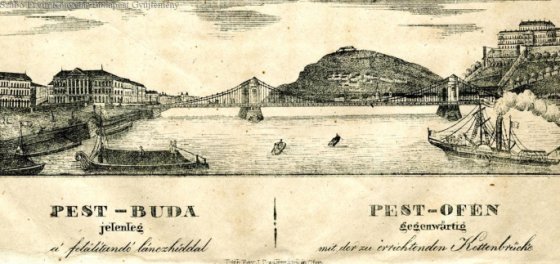
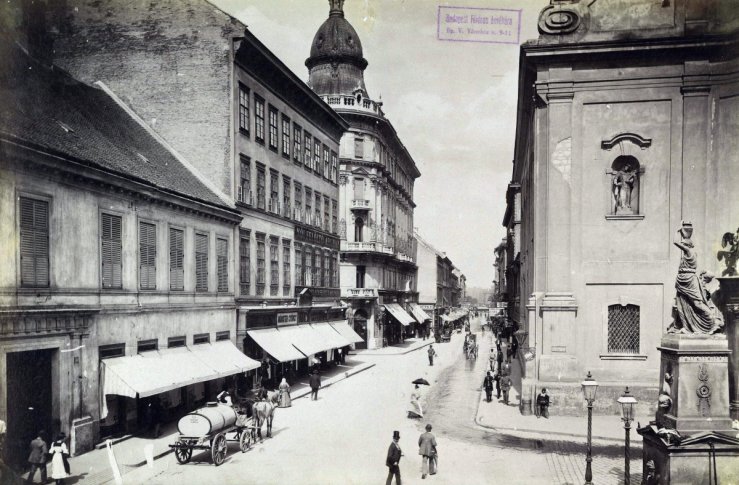
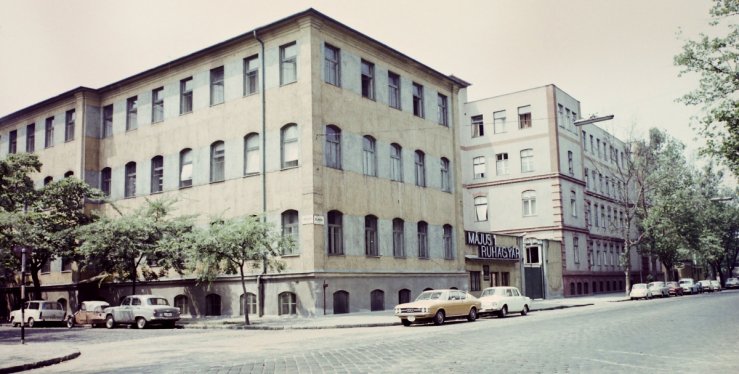

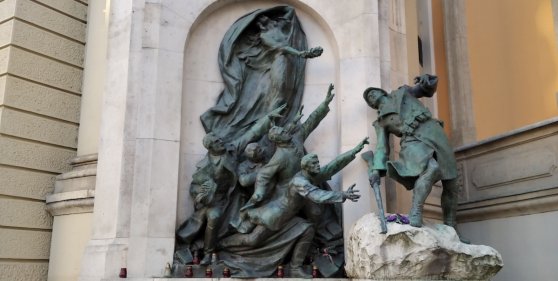
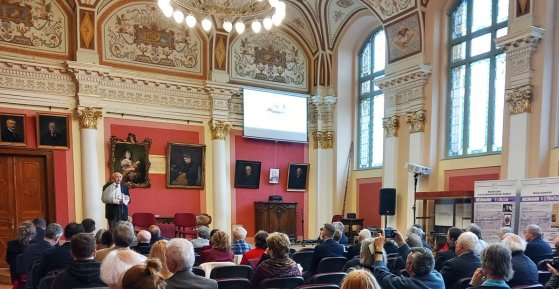
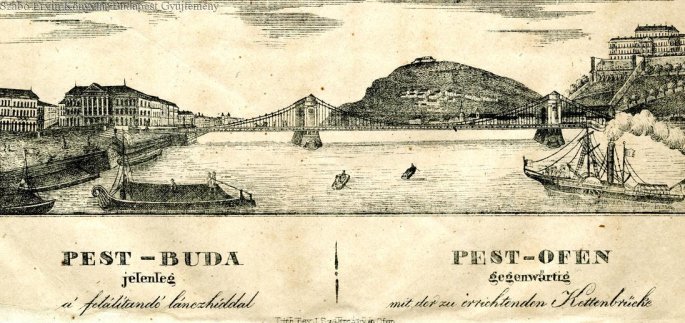

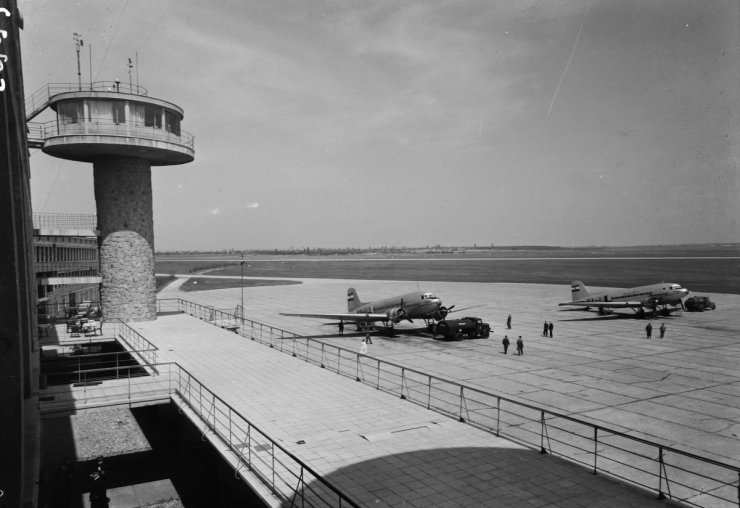
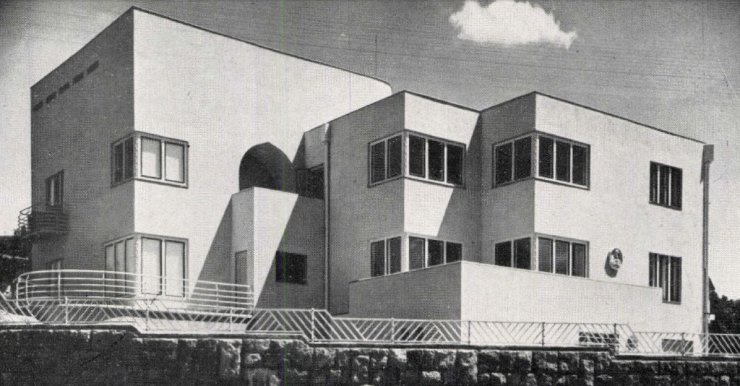

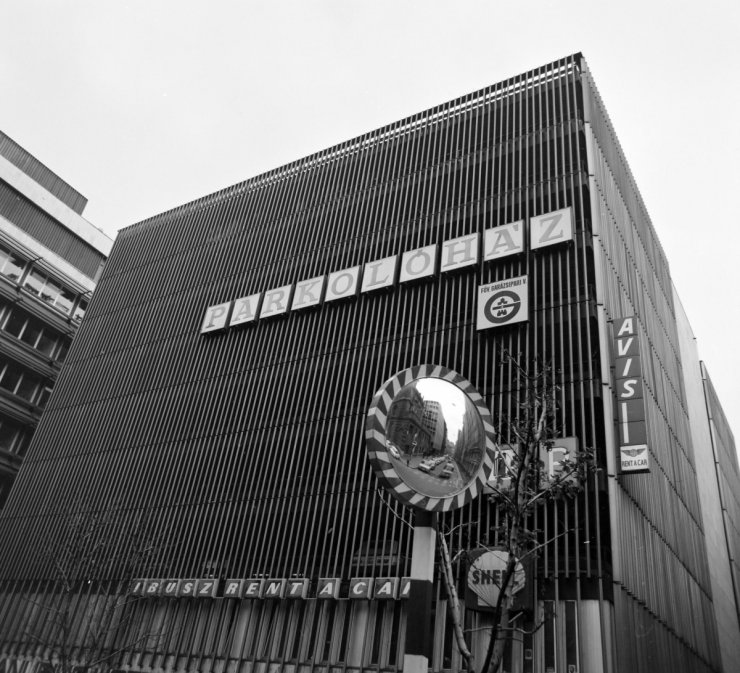
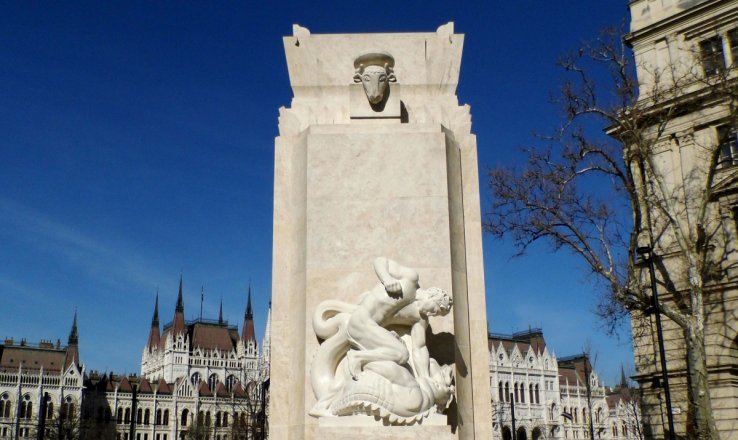
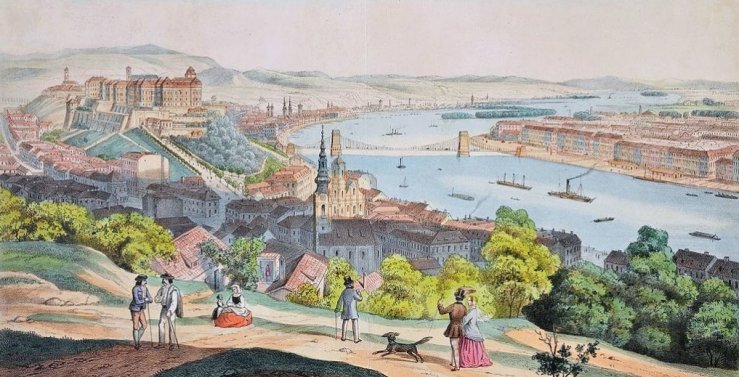
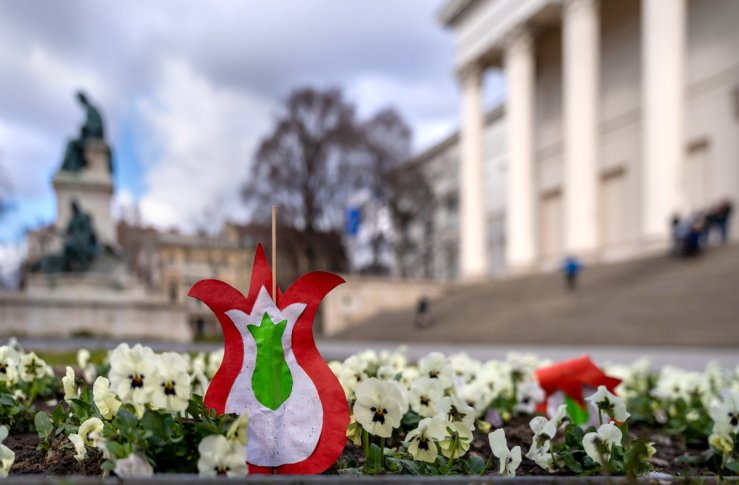
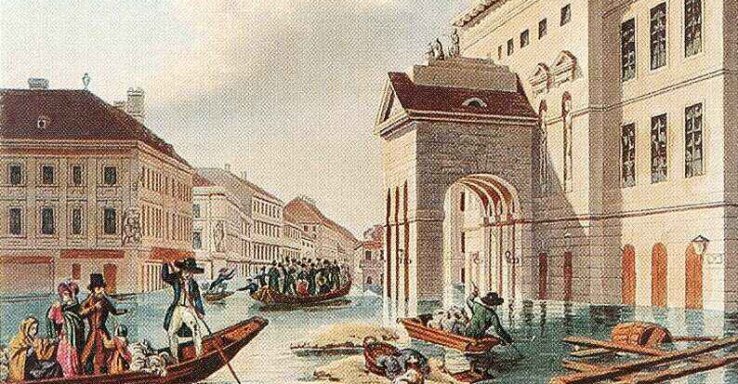
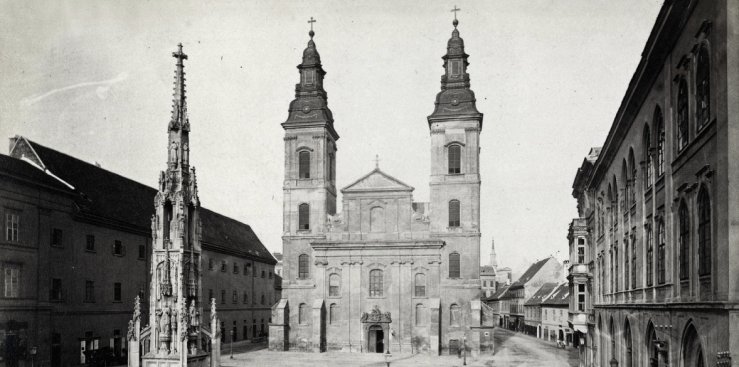
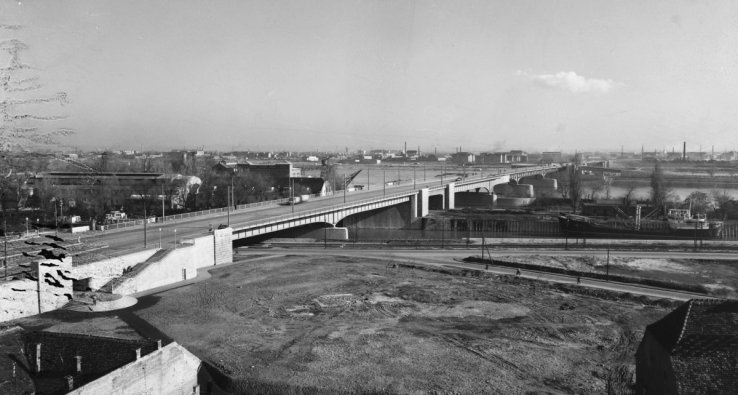
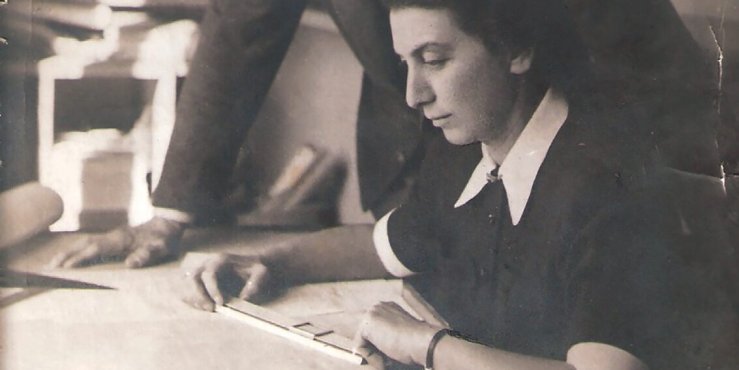
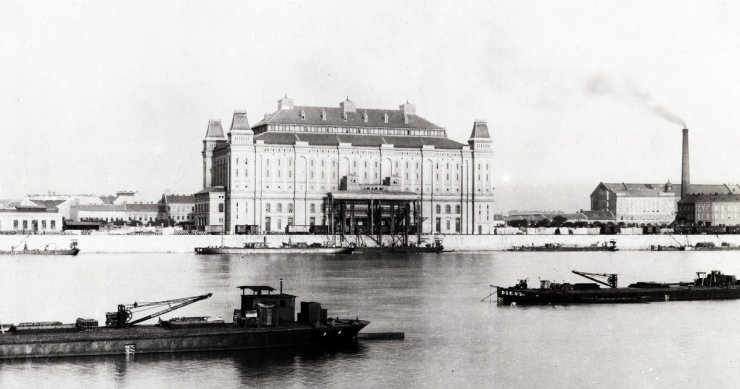
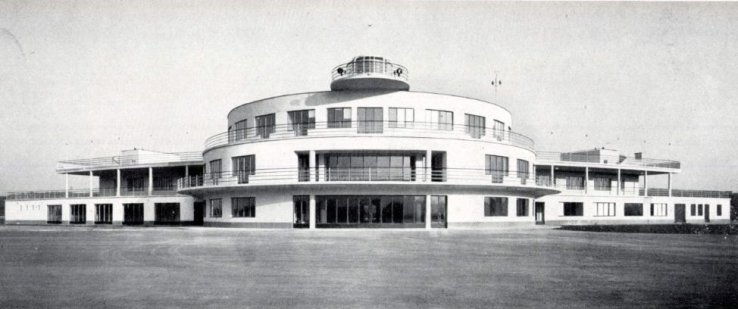
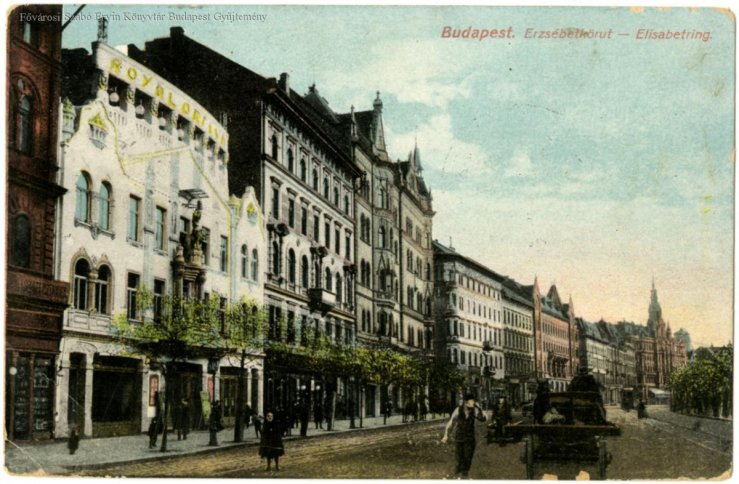
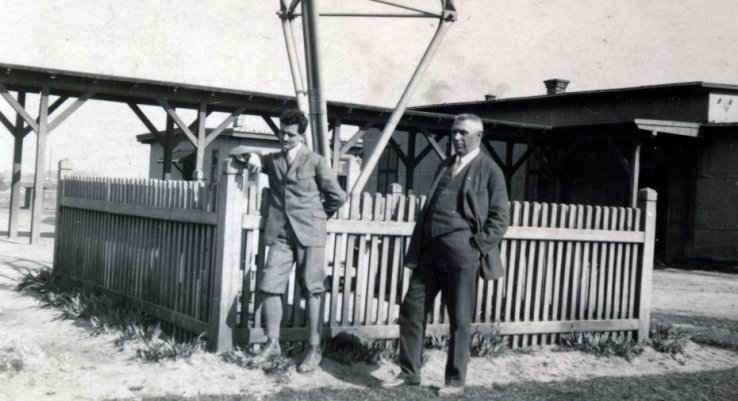
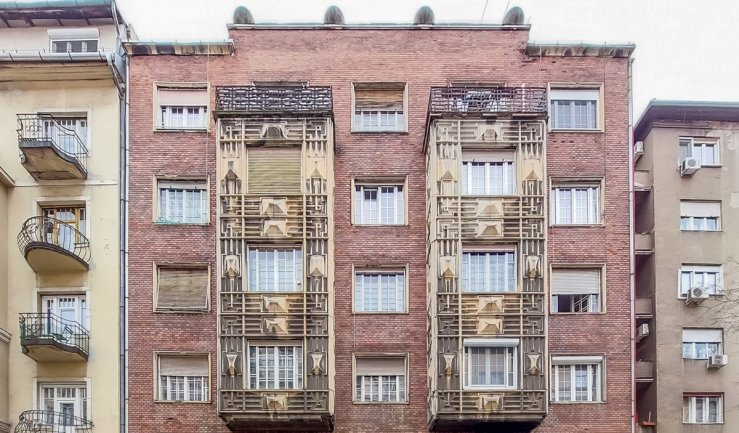

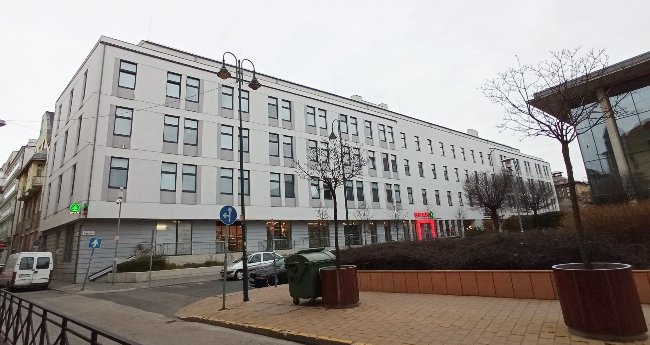
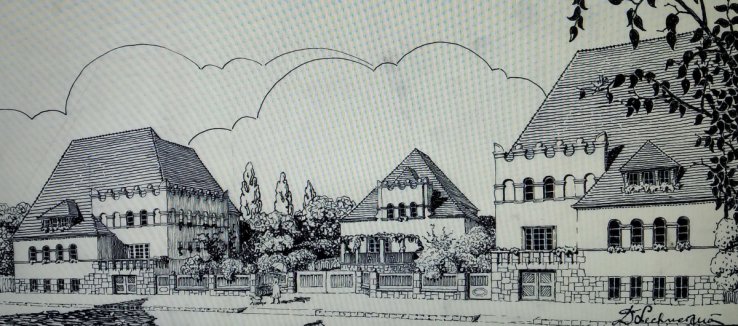
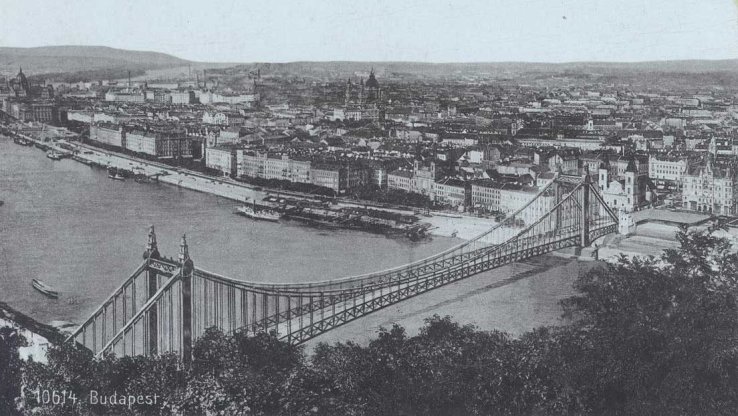
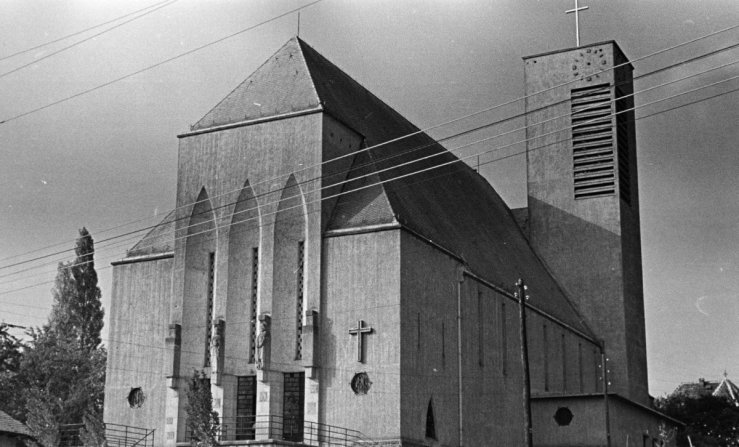


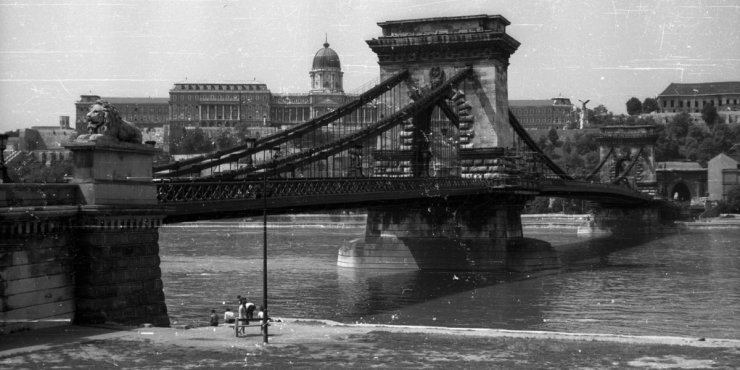
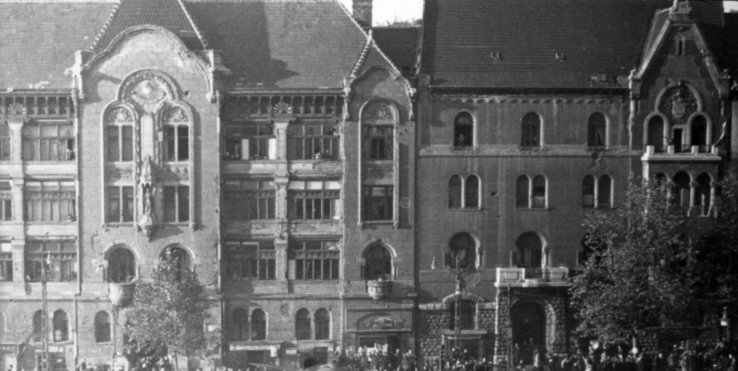
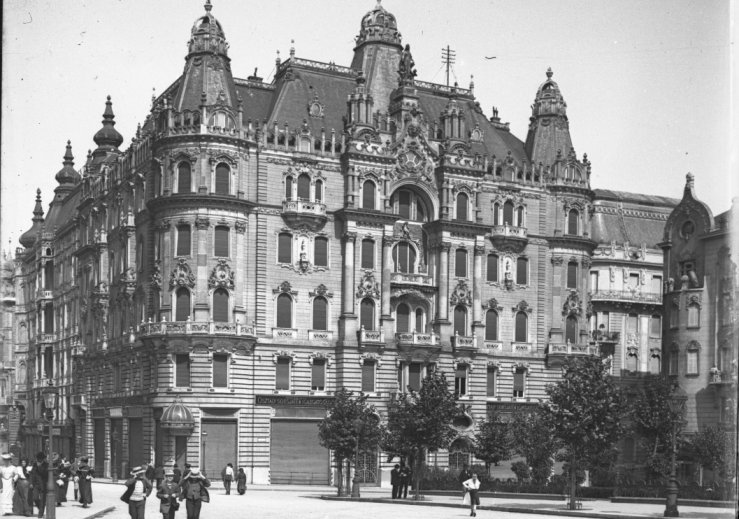
Hozzászólások
Log in or register to comment!
Login Registration